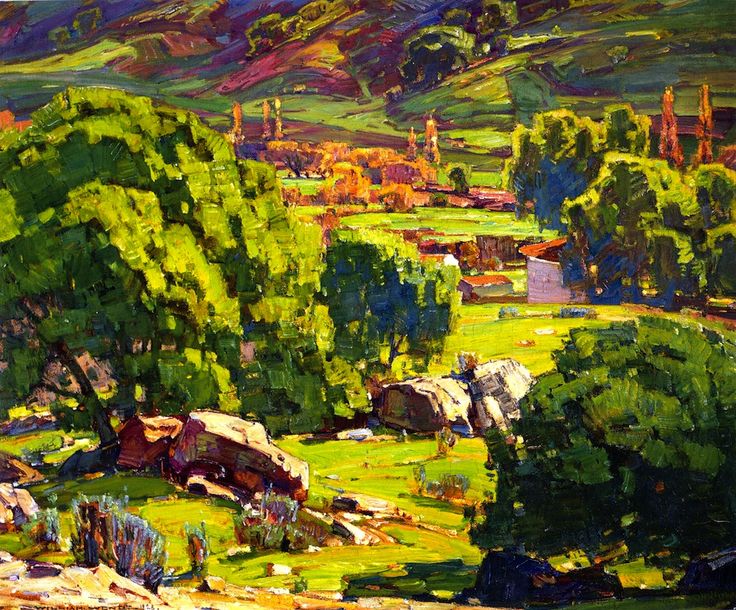









 Photos Carson Hart
Photos Carson Hart
Add some descriptive text to your Blog page.










 Photos Carson Hart
Photos Carson Hart









Roberto Montenegro was born on February 19th 1885 in Guadalajara Mexico. Art historians know little about his childhood but his first introduction to painting occurred in the Guadalajara School for Boys. Montenegro became fascinated with painting and the use of colors which implored him to explore the arts further. This exploration led him to Italian Felix Bernardelli's school of painting that he had just opened in Guadalajara. Bernardelli educated the young Montenegro in classic Italian Portraiture and introduced him to the vast array of European styles that were previously unknown to him. Montenegro left Guadalajara in 1903 to study architecture in Mexico City. In a twist of events he ended up studying drawing at the Academy of San Carlos where he
was able to meet many of the up and coming artists of the time such as Diego Rivera and Angel Zárraga. After studying at the Academy for 3 years in 1906 both Diego Rivera
and Montenegro were the finalists in a class wide contest to go to Europe; decided by a coin toss Montenegro won and was awarded the trip.
For the next several years Montenegro would travel around Europe studying on his school grant. He began in Spain where he studied at the Academy of San Fernando then traveled to Paris. He stayed in Paris for three years (1907-1910) where he met and studied with the emerging cubist artists Picasso and Braque. At the end of his travels he went to Italy where he studied many of the paintings he learned about during his youth at Bernardelli's school.
In 1910 he returned to Mexico briefly but returned to Paris in 1913 to study at the Ecole Nationale supériure des Beaux-Arts. However, WWI erupted in 1914 sending Montenegro to Spain where he made a living by painting murals and fishing.
In 1921 Montenegro moved back to Mexico for good surrounding himself with a large circle of fellow Mexican Artists. After the Mexican Revolution the new movement of dramatic Mexican Murals was born. Montenegro was one of the figures that spear headed this movement along with his art school friend Diego Rivera. Montenegro created giant murals depicting scenes of Mexican heritage and pop culture of the time but at the height of the Muralist movement he fell from popularity because his murals where not as dramatic in contrast with his contemporaries. He continued to paint smaller murals and commissions and even illustrate a number of books and publications until his death in October of 1968. To this day Montenegro remains a popular icon of the Muralist movement and a symbol of traditional Mexican Folk Art which he strongly advocated towards the end of his life.
By Christian Franzen








 Photos Jessie Stopnik
Photos Jessie Stopnik
